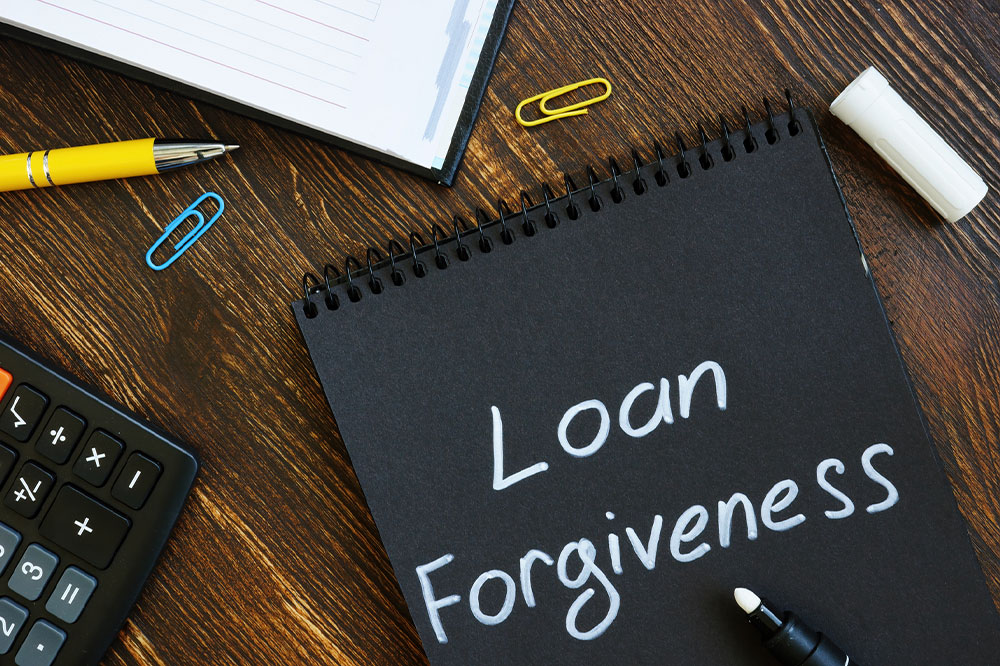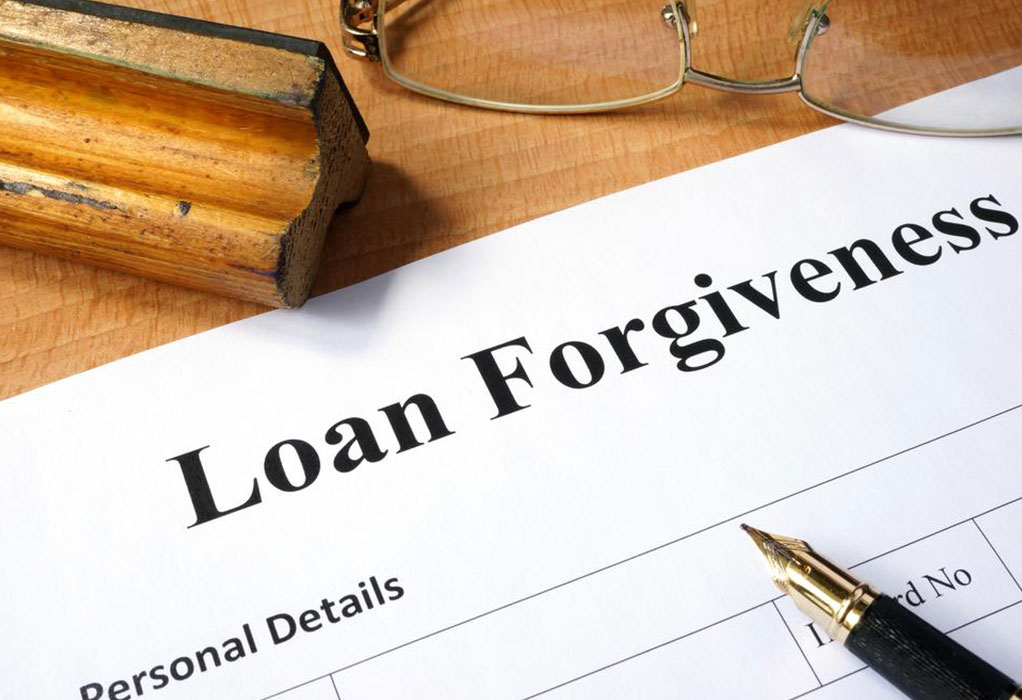Overview of Major Student Loan Relief Programs
Explore the primary student loan forgiveness programs, including PSLF, IBR, and PAYE. Learn how eligibility varies based on employment type and income, and find out how these plans can help reduce student debt after 20-25 years of regular payments. Clear guidelines provide hope for borrowers seeking debt relief through public service or income-driven repayment options.
Sponsored

If you're overwhelmed by student debt, you might wonder about options for loan forgiveness. Here’s a clear breakdown of key repayment plans that offer student loan forgiveness opportunities.
Public Service Loan Forgiveness (PSLF)
This is the most recognized program for student debt relief. By combining Income-Based Repayment (IBR) or Pay As You Earn (PAYE) with PSLF, borrowers can maximize benefits. To qualify, you need to work in public service for a decade, including roles in federal, state, or local government agencies or non-profit organizations recognized as tax-exempt under IRS Section 501(c)(3).
You can choose from various employment types within these organizations.
Income Based Repayment (IBR)
This plan is suited for borrowers experiencing financial hardship. Loan forgiveness occurs after 25 years of payments, with monthly payments capped based on income. Your monthly payment won’t surpass the standard 10-year plan. You can estimate your income-driven payment using online calculators based on family size and tax info.
Pay As You Earn (PAYE)
Similar to IBR, PAYE is often called the Obama Student Loan Forgiveness Plan. Under this plan, borrowers pay up to 10% of discretionary income, with loan forgiveness after 20 years. Payments will not exceed those of a traditional 10-year repayment plan, and remaining balances are forgiven after the term.






